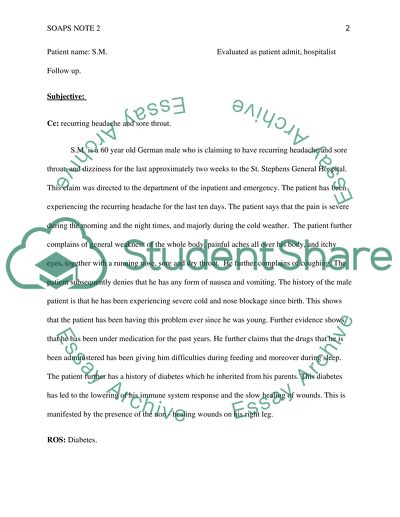Cite this document
(“SOAP notes 1 & 2 Essay Example | Topics and Well Written Essays - 2500 words”, n.d.)
Retrieved from https://studentshare.org/nursing/1394879-soap-notes
Retrieved from https://studentshare.org/nursing/1394879-soap-notes
(SOAP Notes 1 & 2 Essay Example | Topics and Well Written Essays - 2500 Words)
https://studentshare.org/nursing/1394879-soap-notes.
https://studentshare.org/nursing/1394879-soap-notes.
“SOAP Notes 1 & 2 Essay Example | Topics and Well Written Essays - 2500 Words”, n.d. https://studentshare.org/nursing/1394879-soap-notes.


